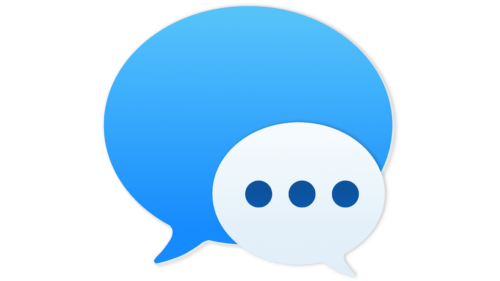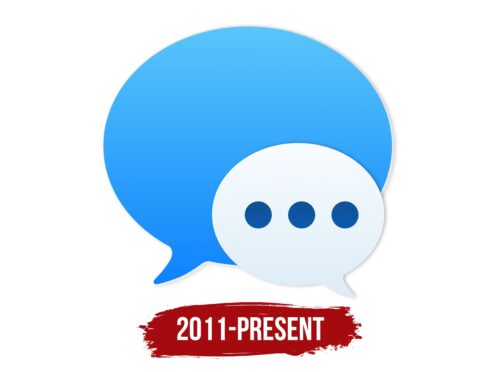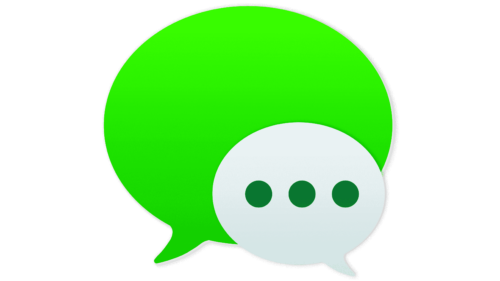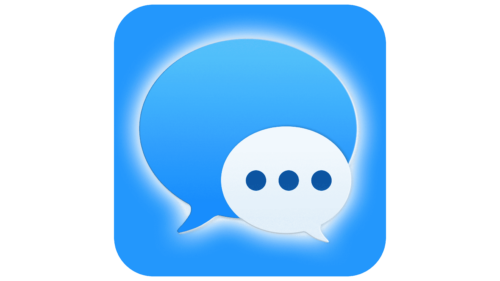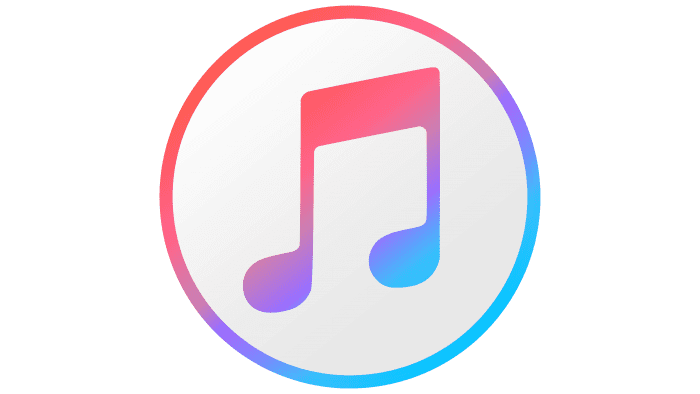The instant messaging service has chosen an iMessage themed logo. It features the main symbol of communication through virtual space – a dialog bubble. To be precise, there are two of them – signifying that the conversation is taking place between multiple people. Such an image immediately sets the user in a business mood and gives a realistic idea of the service.
iMessage: Brand overview
| Founded: | October 12, 2011 |
| Founder: | Apple Inc. |
| Headquarters: | California, United States |
| Website: | support.apple.com |
Meaning and History
In the summer of 2011, the iMessage service was announced by Scott Forstall, and in the fall, it was already running on iOS. A year later, the service became available on macOS, and then versions for other Apple products appeared. In 2020, the company owning the technology announced its intention to launch a fully updated version of the application, with new options to be added.
Considerable attention is paid to the visual identity of the messaging service. That’s why the designers proposed a clear, light, and practical logo for it, making it easy to recognize. The color palette is also not overloaded with visual effects – it is quite simple and does not provoke negative emotions. Naturally, the thematic line in the emblem is strictly maintained. Several versions specifically created for iOS and macOS are known.
What is iMessage?
iMessage is an instant messaging service, an alternative to SMS and MMS for most Apple products. It was launched in 2011 and allows sending texts, photos, videos, documents, and stickers.
The logo features two dialog bubbles layered on top of each other. The upper oval is colored white and complemented with three large dark blue dots placed in the middle. This figure is much smaller than the background one. The designers made the back bubble gradient, and they used several shades of blue as the base – from azure to cornflower. The lighter part is at the top, and the darker part is at the bottom.
Before this, there was another version where the three dots were gray, and the speech blocks were voluminous. They were made three-dimensional by shadows and an outline running along the edge of the largest element. The initial chat emblem consisted of just one bubble – blue, glossy, with shiny highlights. The central component was a white video camera (the FaceTime icon). In 2020, the parent company decided to unify its platforms, so after the release of the macOS Big Sur application, it made the logos equally green, as with iOS.
From iPhone OS 1 to iPhone OS 3, a green square logo with rounded corners and a white dialogue bubble inside was used. It remains the same to this day, despite periodic adjustments. The blue icon is intended solely for iMessage, compatible with macOS. However, Apple has recently been changing the visual identity of its products, so a green emblem with a single speech balloon has been announced.
Font and Colors
There is no text in the iMessage logo: it only appears in the dialogue window that opens when exchanging messages. The color palette of the emblem is predominantly blue – from sky blue to sapphire shades. There is also white, which makes the upper speech bubble easily visible.
iMessage color codes
| Medium Electric Blue | Hex color: | #0c56a6 |
|---|---|---|
| RGB: | 12 86 166 | |
| CMYK: | 93 48 0 35 | |
| Pantone: | PMS 2945 C |
| Dodger Blue | Hex color: | #168bfd |
|---|---|---|
| RGB: | 22 139 253 | |
| CMYK: | 91 45 0 1 | |
| Pantone: | PMS 285 C |
| Deep Sky Blue | Hex color: | #55c3fa |
|---|---|---|
| RGB: | 85 195 250 | |
| CMYK: | 66 22 0 2 | |
| Pantone: | PMS 306 C |
